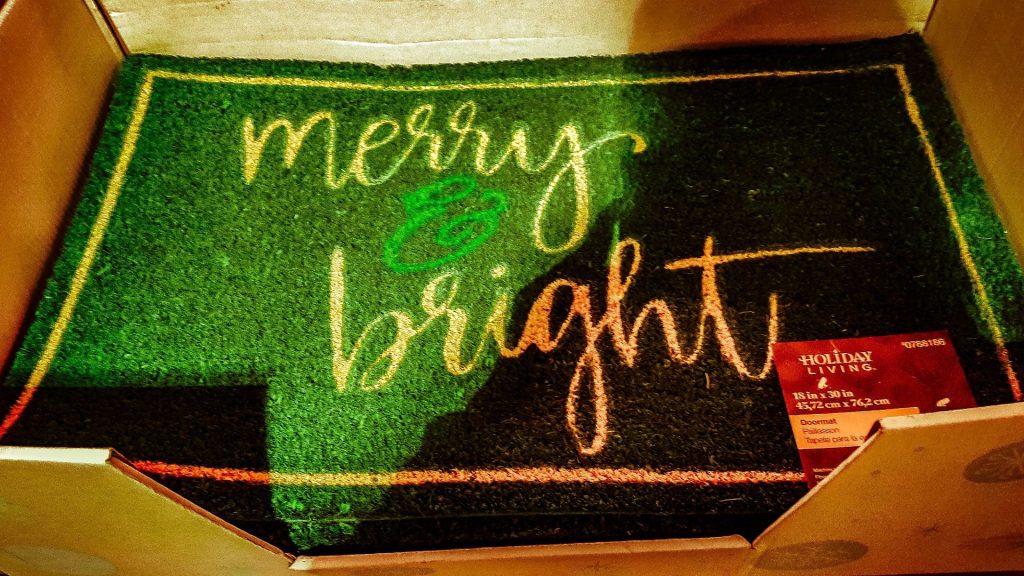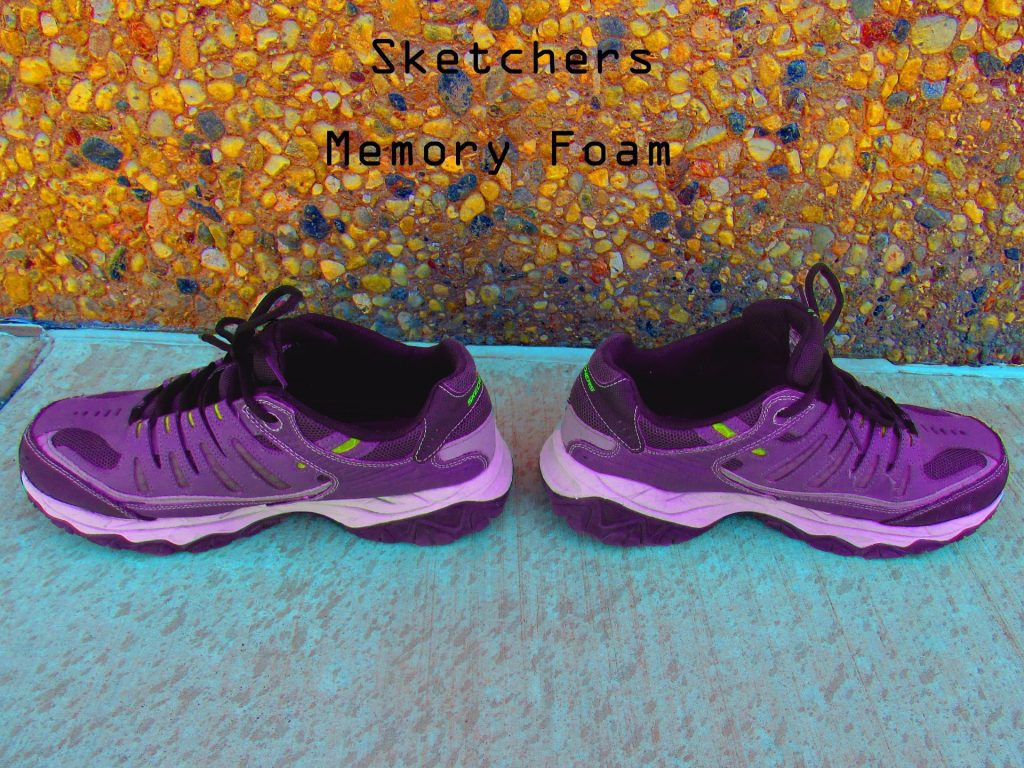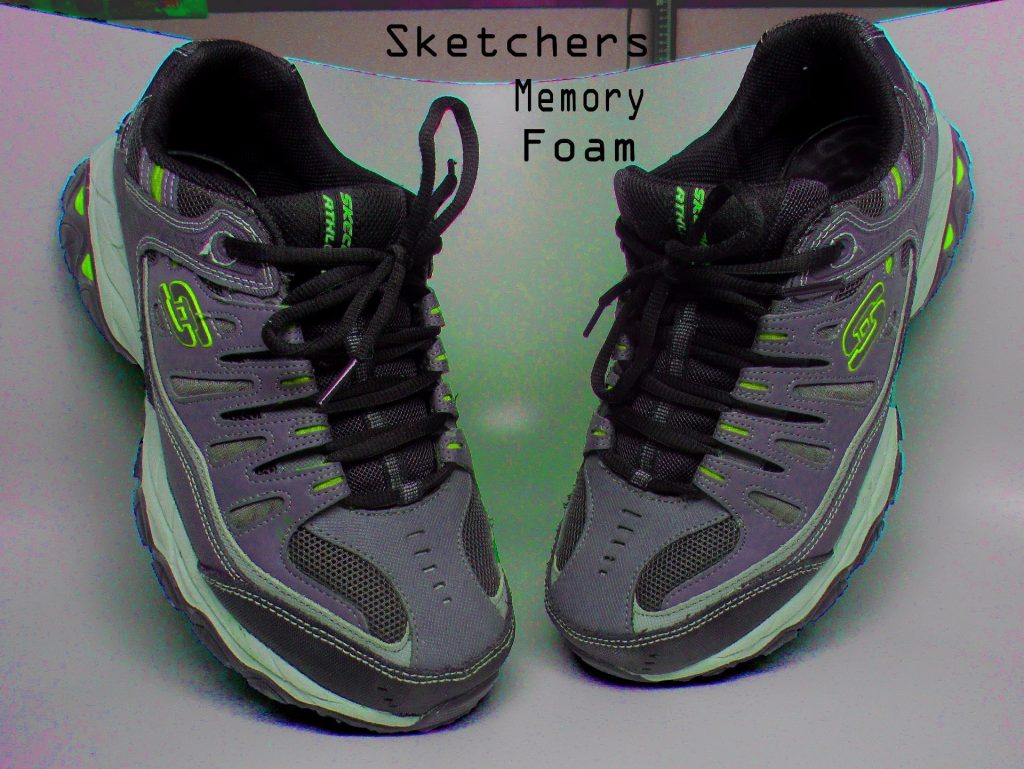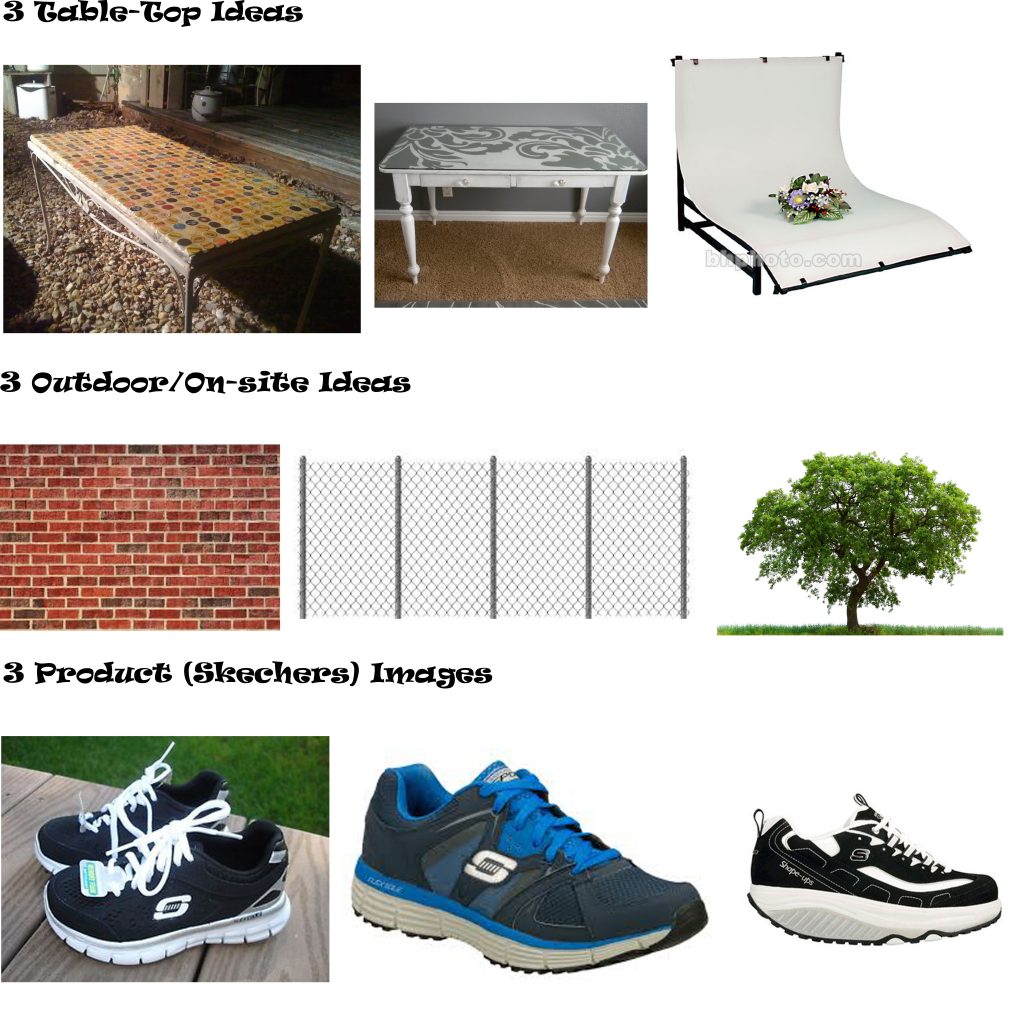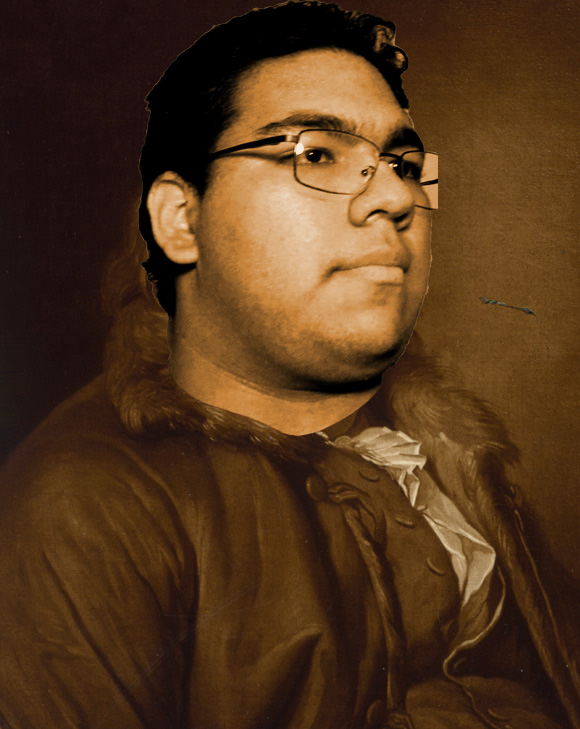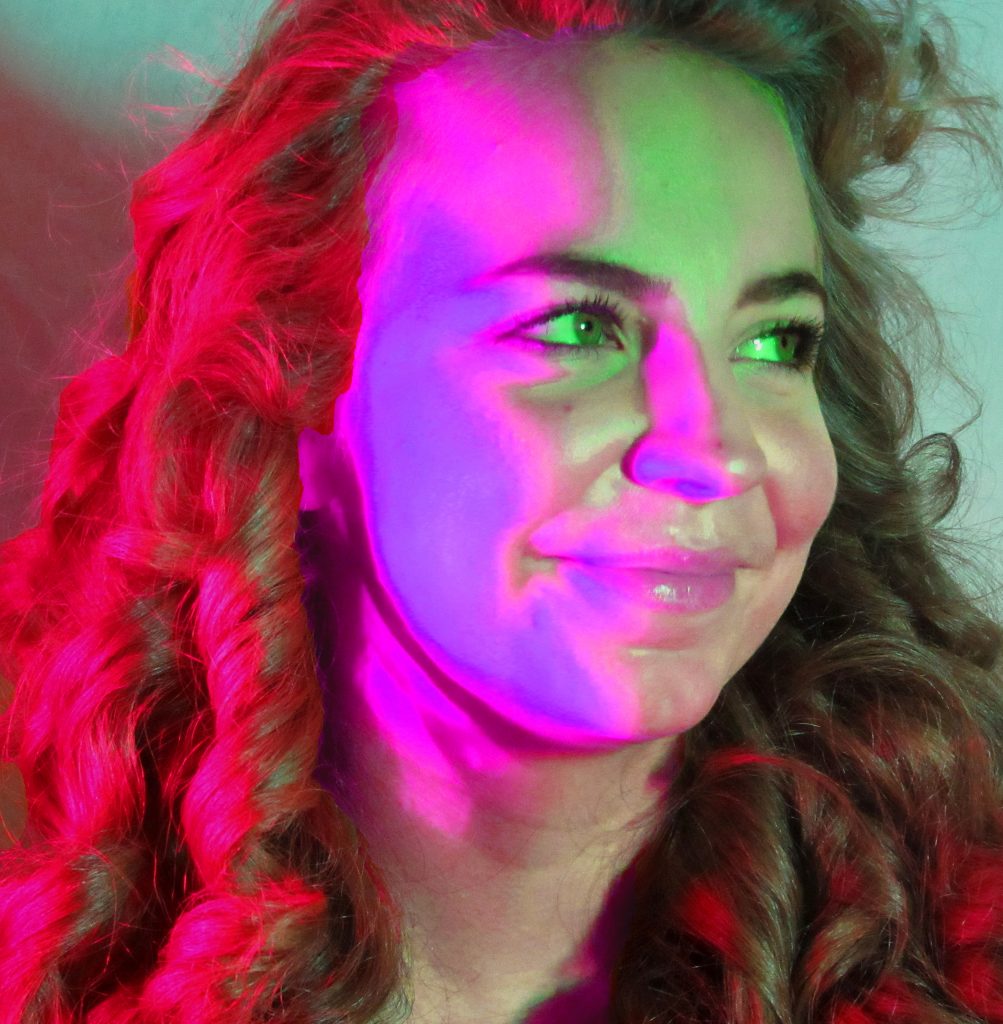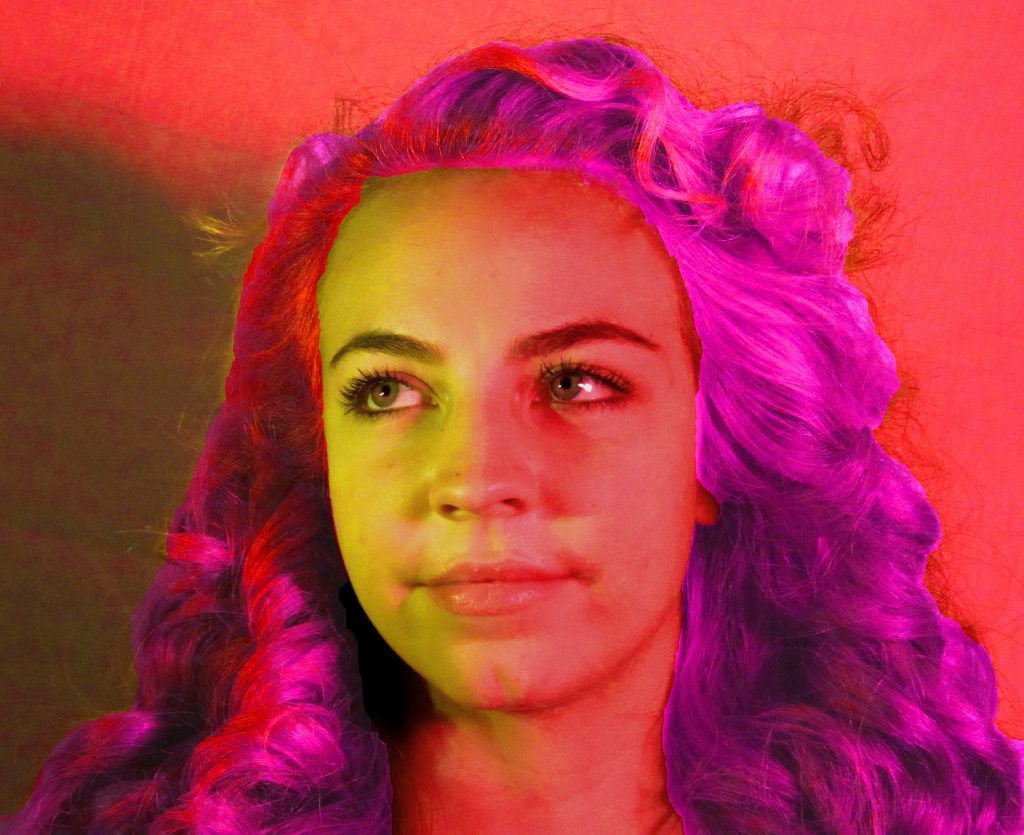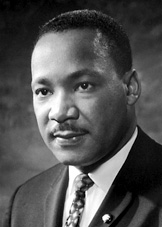- The aperture on the camera is very important here. And you should set the aperture between f/8 and f/16.
- A tripod is pretty much required to go through this technique.
- Even when you’re shooting in a dark room or outdoors when it’s nighttime, you even need some lighting and that way, you’ll be able to get around.
- It’s very important to have a human subject for the shooting, which is when you are going to capture the movement for each shot.
- You need a strobe or flashgun to manually fire a flash, so that way it’ll seem to have you see the movement of the subject in the shot.
- When it comes to lighting, you need to use a light meter to match your chosen aperture.
- When you are taking pictures, remember to let the subject pose first, wait for the flash, pose again, and wait again (then repeat the same thing again).
- After you place the camera on the tripod and before you’re able to take pictures, you have some requirements on setting up the camera: setting the camera to manual, set the ISO to 100, and your shutter speed has to be set between 2 and 6 seconds. You can also test the shot if needed.
- Remember to shoot a lot of frames for this, because the hardest part about the technique itself, is that it’s a hit and miss.
- And you might also need a partner for some help as an extra pair of hands.
Explain why: The reason why all those are needed is because you need to make your frames seemingly accurate and you even have to try very hard and then do whatever it takes to get this shoot down.





